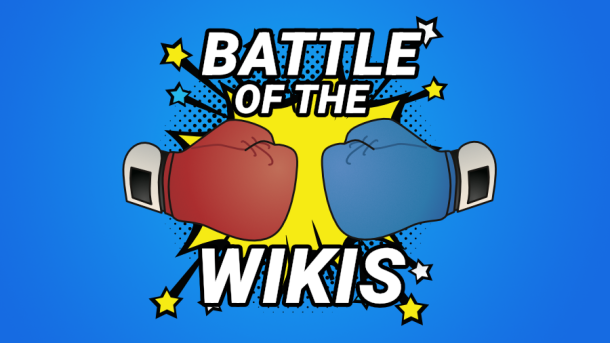When you're ready to start a new website—whether it's a passion project, a side hustle, or a business expansion—you're likely to come across two major players in the open-source content management system (CMS) space: Joomla and WordPress.
This article will walk you through the key differences, debunk some common misconceptions, and help you understand which CMS may be the best fit for your needs. And we’ll be honest—there’s no one-size-fits-all solution.
What Is a CMS (Content Management System)?
A CMS is an online software platform that allows you to create, manage, and display digital content—typically for websites—without needing advanced coding skills. WordPress, Joomla, and Drupal are three of the most well-known, but there are many niche platforms with unique strengths.
CMSs are used for a wide range of projects:
-
Product catalogs
-
Membership websites
-
Online communities
-
Blogs and portfolios
The beauty of a CMS is its flexibility, allowing creators to manage their own content and designs with ease, often through an intuitive backend interface.
Anatomy of a CMS
All CMS platforms are structured with two core components:
-
The Backend: This is your control center—where you manage users, content, plugins, and site functionality.
-
The Frontend: This is what visitors see when they access your site. It displays the output of your backend setup and content.
Here’s a comparison of the Joomla and WordPress administrative backends:

Static vs. Dynamic Pages
Understanding how pages work in a CMS helps you better structure your content. There are two types of pages you’ll be working with:
Static Pages
-
Stored on the server as-is
-
Ideal for content that rarely changes (e.g. "About Us", "Contact")
-
Layouts are pre-designed with exact placement of elements
Dynamic Pages
-
Generated on-demand using templates and database content
-
Used for blog posts, product listings, directories, etc.
-
Scales well for high volumes of similar content
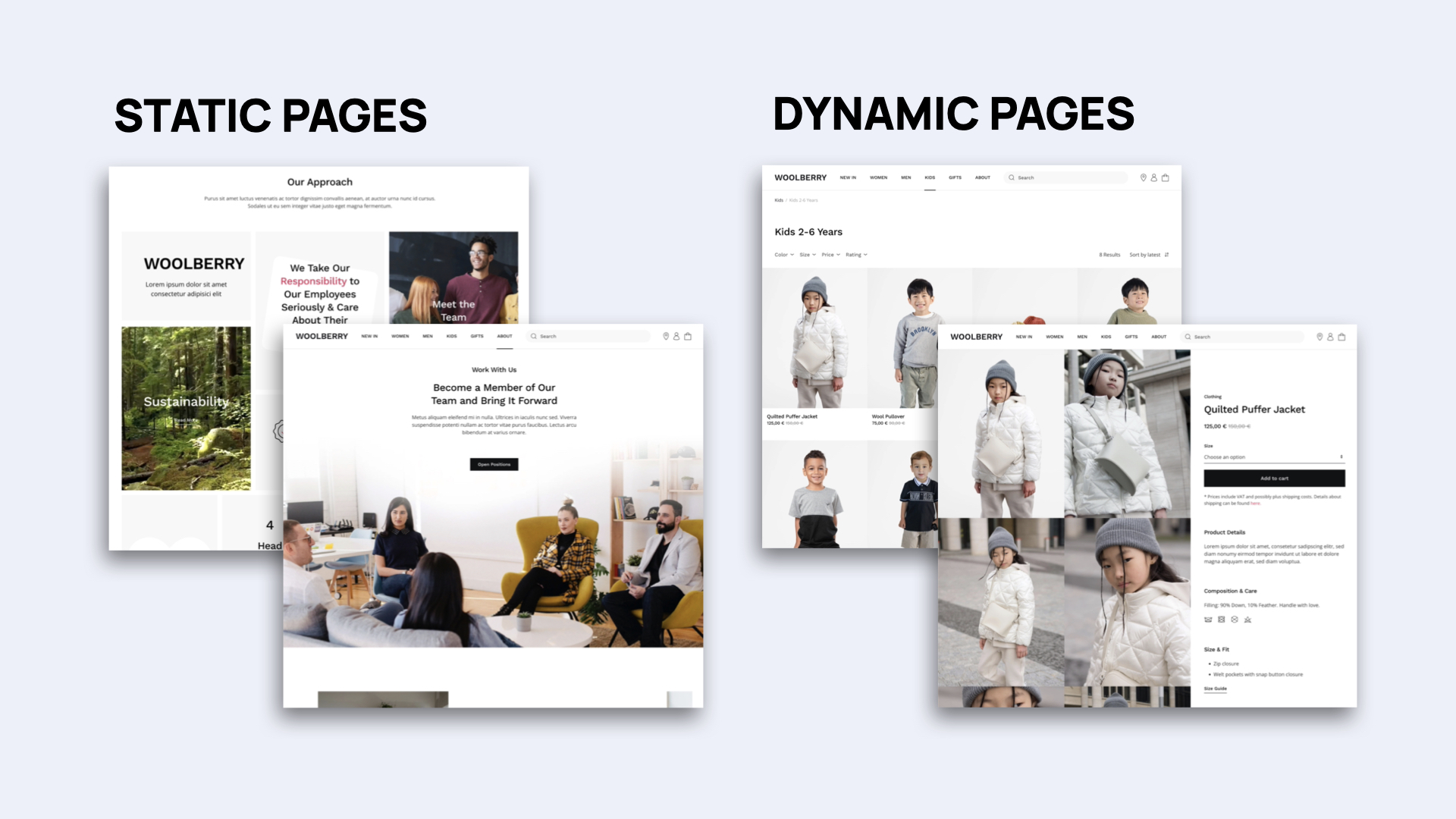
The Power of Themes and Frameworks
Themes control the look and feel of your website, while frameworks operate underneath themes to provide advanced layout and responsive design capabilities.
Popular frameworks like Bootstrap, UIKit, Divi, and Genesis allow you to:
-
Use drag-and-drop builders
-
Add widgets and modules
-
Create mobile-responsive designs
-
No Coding Required
-
Responsive Design
- Dynamic Content
-
Built on Frameworks
CMS Comparison: Joomla vs. WordPress
Let’s break down the platforms by key metrics and features:
Native Features
Joomla ships with twice as many core features as WordPress right out of the box. That means less reliance on plugins for advanced functionality.
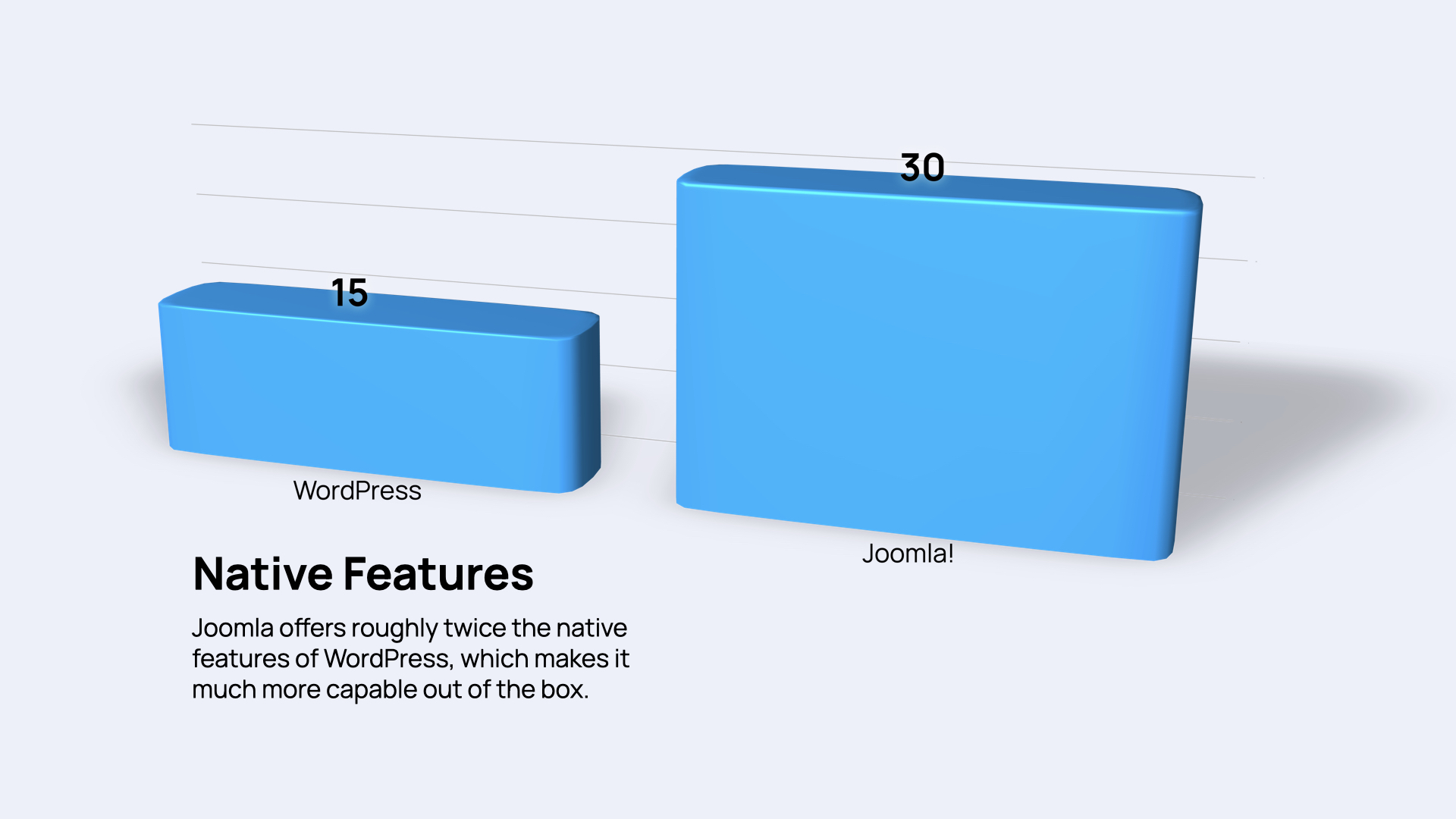
But here’s the catch: almost no one relies solely on native features. Most users extend their CMS with plugins and extensions.
Community Size & Adoption
WordPress dominates the CMS landscape in terms of installations worldwide:
-
WordPress: ~810 million sites
-
Joomla: ~3 million sites
-
Drupal: ~1.7 million
-
Others: ~1.3 million
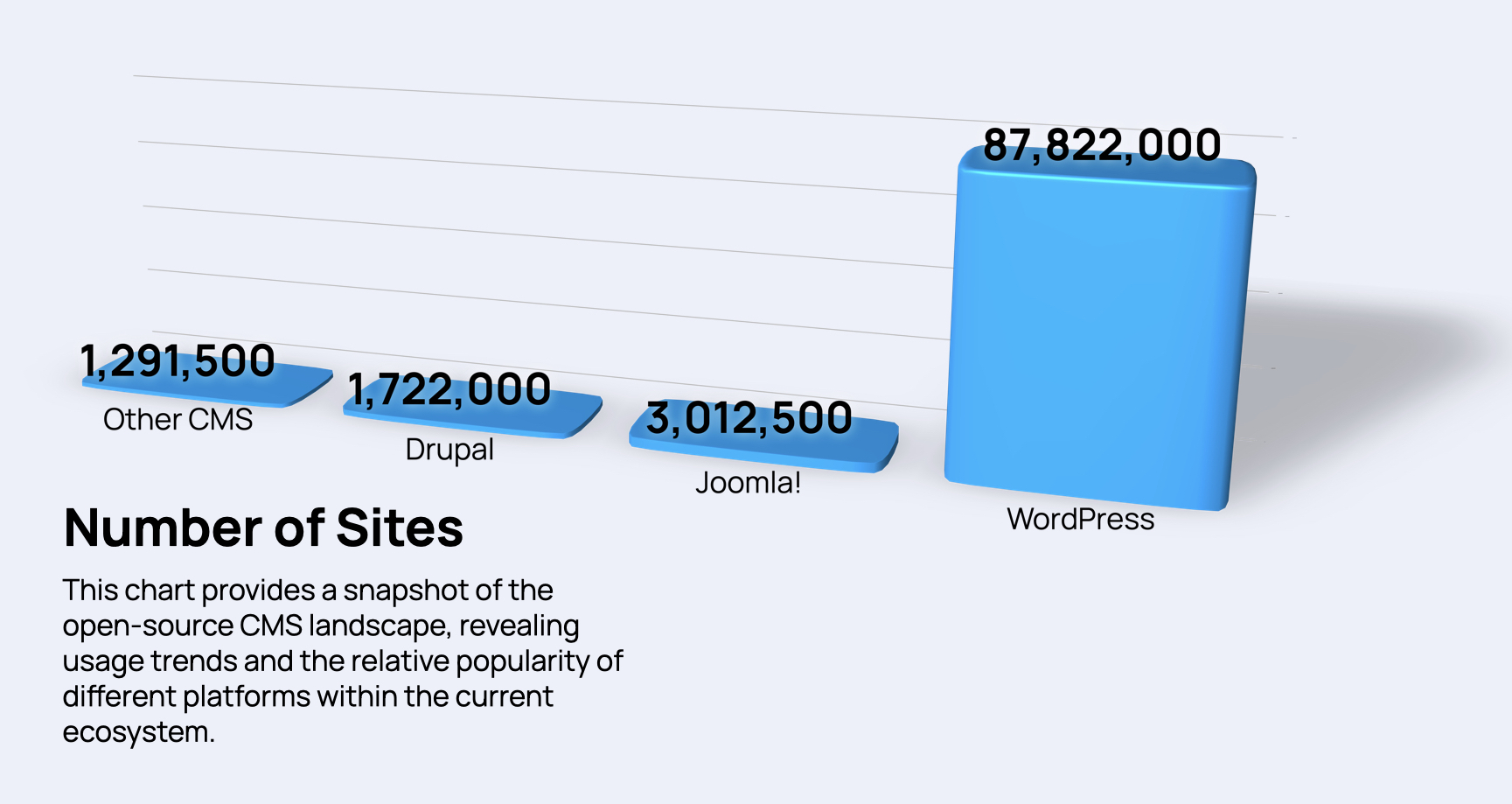
More users doesn’t necessarily mean better quality—it may reflect the fact that WordPress is marketed as more beginner-friendly. Many less tech-savvy users choose WordPress for this reason.
Plugin Ecosystem
-
Joomla: ~8,000 extensions
-
WordPress: Over 55,000 plugins
However, only a fraction are well-maintained and useful. Estimated usable:
-
Joomla: Few hundred
-
WordPress: High hundreds
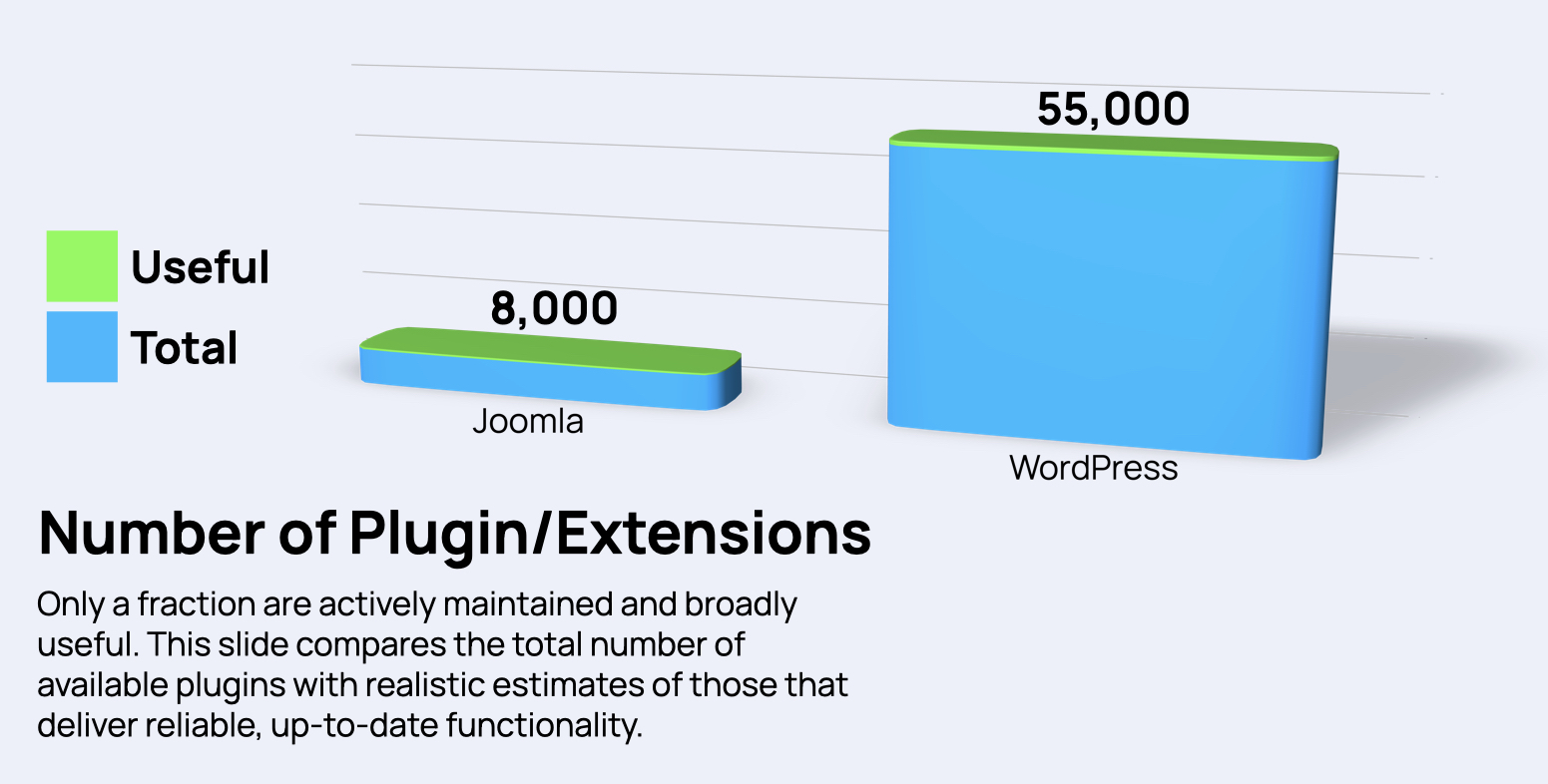
Most websites only use 5 to 30 plugins anyway, so huge plugin counts don’t matter as much as you'd think.
Community Support & Third-Party Integration
WordPress’s large community means:
-
More tutorials
-
More prebuilt templates
-
Broader third-party plugin support
That said, community size only matters if it affects your specific needs. If your project requires integration with a specific platform, make sure that platform supports your chosen CMS.
At OpenAppGuide.com, we help bridge the gap by offering training and clear tutorials on lesser-known but powerful CMS tools.
So… Which Should You Choose?
Here’s a simple breakdown:
| Feature | Joomla | WordPress |
|---|---|---|
| Learning Curve | Moderate | Beginner-friendly |
| Native Feature Set | Extensive | Minimal |
| Plugin Availability | Moderate | Vast |
| Customization (Design) | High | High |
| Community Size | Small but skilled | Massive and varied |
| Ideal For | Complex, multi-lingual, structured sites | Blogs, business sites, simple portfolios |
Final Thoughts: Use What Works for You
We don’t believe in one-size-fits-all solutions. Instead, ask yourself:
-
What’s is your technical skill level?
-
Are you reliant on a specific third-party plugin?
-
Are you aiming for simplicity or control?
Whichever CMS you choose, remember: you’re not locked in forever. The key is to start, experiment, and grow. With tools like Joomla and WordPress, the only real limit is your own creativity.
Need help getting started?
Visit OpenAppGuide.com for tutorials, reviews, and walk-throughs on open source CMS platforms and frameworks.

